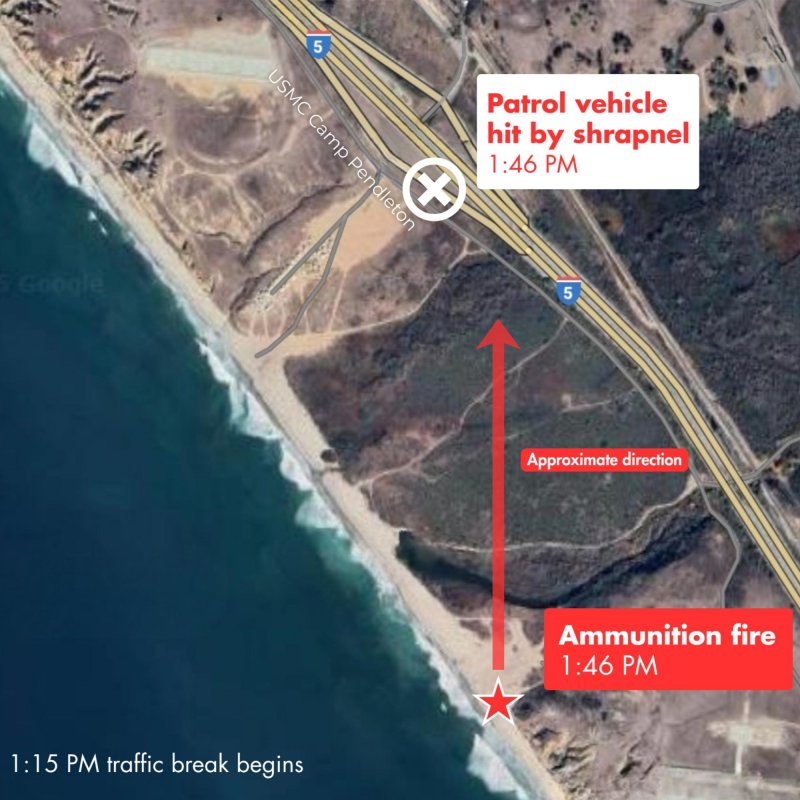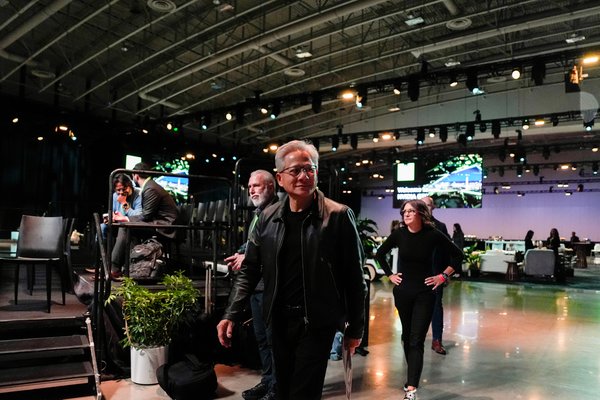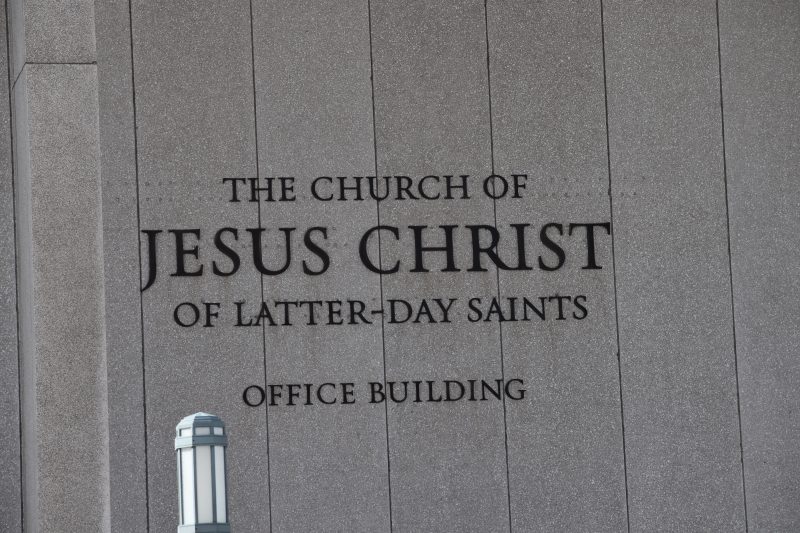UPDATE: A groundbreaking study from the Department of Civil Engineering at Çanakkale Onsekiz Mart University in Türkiye has just been released, revealing vital techniques for the preservation of historical structures. Titled “Materials Characterization of Historical Structures: A Review,” this research addresses significant challenges facing cultural heritage preservation, highlighting the urgent need for effective methods in analyzing building materials.
The findings underscore the crucial role that understanding the properties of materials like natural stones and mortars plays in ensuring the longevity of historical sites. As these structures stand as testimonies to humanity’s artistic and architectural achievements, the study stresses that their survival depends on the appropriate selection of restoration materials.
This comprehensive review identifies four core categories of analytical techniques essential for characterizing historical building materials. The research team, led by Mertcan Demirel, Alican Topsakal, and Muhammet Gökhan Altun, meticulously evaluated methods such as Mercury Intrusion Porosimetry (MIP), X-ray Diffraction (XRD), and Ultrasonic Pulse Velocity (UPV), among others, to guide researchers in selecting the most effective methodology for their projects.
Key findings include:
– **Physical and Thermal Analysis**: MIP reveals porosity and pore structure, essential for understanding moisture movement in structures like Amaiur Castle. Techniques such as Thermogravimetric Analysis (TGA) provide insights into thermal resistance, crucial for assessing how materials respond to temperature changes.
– **Chemical Property Analysis**: Methods including X-ray Fluorescence (XRF) and Fourier Transform Infrared Spectroscopy (FTIR) allow for detailed evaluations of elemental content, which is vital for determining the composition of materials used in structures like the Seville Cathedral.
– **Mechanical Property Analysis**: Non-destructive methods such as the Schmidt hammer are highlighted for assessing surface hardness without damaging the structures. This is particularly important in preserving the integrity of ancient buildings.
– **Visualization Techniques**: Advanced methods like Scanning Electron Microscopy (SEM) and Infrared Thermography (IRT) help identify hidden defects, crucial for maintaining the structural health of sites like Malatya Taşhoran Church.
The study also emphasizes that the combined use of these methods leads to more reliable outcomes, forming a solid foundation for future scientific research and cost-effective restoration projects. The need for standardized approaches in material characterization is more pressing than ever, with the study’s authors advocating for better guidance in methodology selection to enhance conservation efforts globally.
As cultural heritage sites face increasing threats from environmental factors and human activity, this research is a critical step forward. The authors call for immediate attention to these findings, which could reshape conservation practices and contribute to the preservation of our shared historical legacy.
For those interested in a deeper understanding of these findings, the full study is available at https://doi.org/10.1007/s11709-025-1222-3.
Stay tuned for further updates as experts continue to explore this vital area of cultural heritage preservation.







